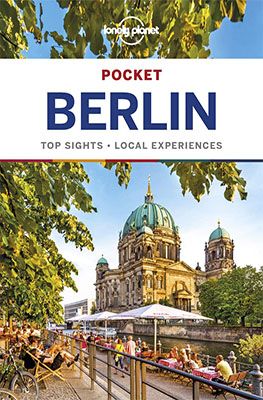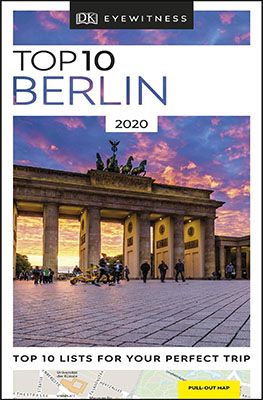Berlin is a lovely city to visit. Millions of tourists come to the capital of Germany every year. The highlights of Berlin are numerous. More than any other city in Europe, Berlin symbolises the great changes that took place in Eastern and Western Europe at the end of the last century. There are still many places in contemporary Berlin that remind us of that period.
Berlin was also the centre of Nazi Germany’s tyranny. The impressive Holocaust monument and the Reichstag should certainly not be skipped during your visit to the city. In this blog we therefore take you to the most important highlights of Berlin.
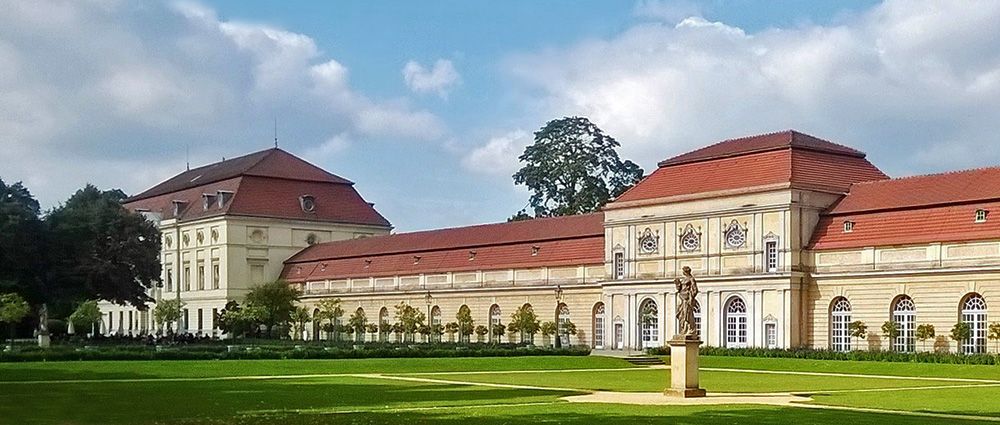
The top 10 sights during your city trip to Berlin
Brandenburg Gate
The Brandenburg Gate is one of the most famous sights in Germany. The gate was built at the end of the 18th century in neoclassical style on the spot where there used to be a city gate. From here the road led to the city of Brandenburg. On top of the new city gate was a large quadruple which you can still admire in all its splendour.
Throughout its existence, the Brandenburg Gate was a location of great historical events. This started already in 1806 after the Prussian defeat at the Battle of Jena-Auerstedt. Napoleon used the Brandenburg Gate as the backdrop for a triumphal march, and took the Quadriga home with him. After Napoleon’s defeat in 1814 and the Prussian occupation of Paris, the Quadriga returned to Berlin. The Brandenburg Gate thus became a Prussian triumphal arch.
When the Nazis came to power, they used the Brandenburg Gate as a party symbol. Miraculously, the gate survived the many bombings during the Second World War. Restoration work followed in the following years. During the Cold War, the gate to ‘Die Wende’ (the turning point) was forbidden territory for the West Germans.
Today it is a symbol not only of the tumultuous history of Europe and Germany, but also of European unity and peace. When Germany won the World Cup in 2014, the German national football team held their triumphal march there very symbolically. In addition, the Brandenburg Gate is still the finish line of the Berlin marathon.
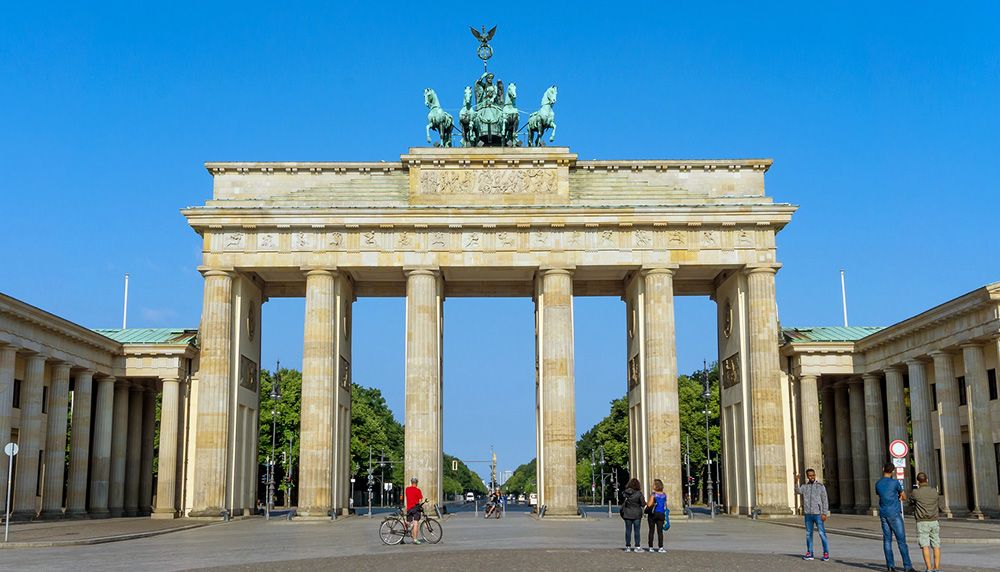
Reichstag
Near the Brandenburg Gate is the beautiful, pompous building of the German Parliament: the Reichstag. The name Reichstag stands for parliamentary session, a term already used in the Roman Empire.
Because of the many negotiations about, among other things, the purchase of the land, the construction of the Reichstag only began ten years after the unification of Germany in 1871. In 1894 was the official opening after which the German parliament took office. At the beginning of 1933 the building caught fire. Reportedly (but not confirmed) it was arson. During the 12 years of Nazi rule the building was not used for parliamentary sessions. The large assembly hall, which was unusable after the fire, was used by the Nazis for propaganda and military purposes.
After the Second World War, partly due to the heavy damage caused by the bombing, the building fell further into disuse. In the sixties the restoration work started, but it was only after the Wende (fall of the wall) that it was put into operation. After its completion in 1999, the German Parliament moved back into the really beautiful building.
On top of the Reichstag there is a particularly large glass dome. This dome can already be seen from afar but – even better – can also be visited*. From the roof terrace at the dome you have a fantastic 360-degree view over Berlin. From the dome you can also see from above the parliament meeting and debate. Visiting is free of charge but you have to register online in advance.
* Due to the coronavirus crisis, the dome is closed until further notice.
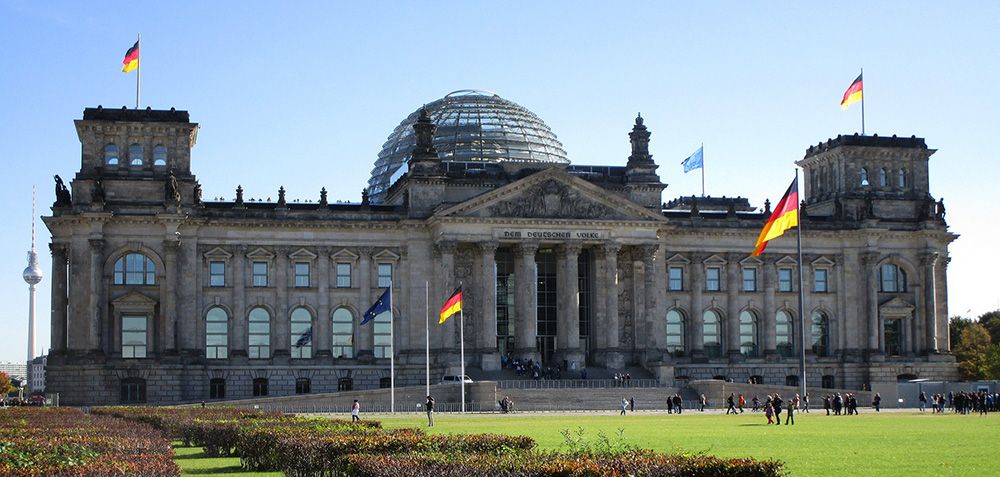
View from Fernsehturm
For an even better view than from the Reichstag you should definitely go to the television mast at Alexanderplatz. At 368 metres, it is the tallest tower in Germany and the second tallest in Europe.
The tower opened to the public in 1969. This was at a time when East and West were trying to outdo each other. In this case East Germany won the prestige battle for the tallest tower.
The observation deck and the adjoining bar are located at 203 metres. There is also a restaurant in the television mast. This restaurant rotates 360 degrees in just 30 minutes. You can buy your tickets online. However, due to the coronavirus crisis, the tower is closed until further notice. Pending reopening you can take a virtual look.
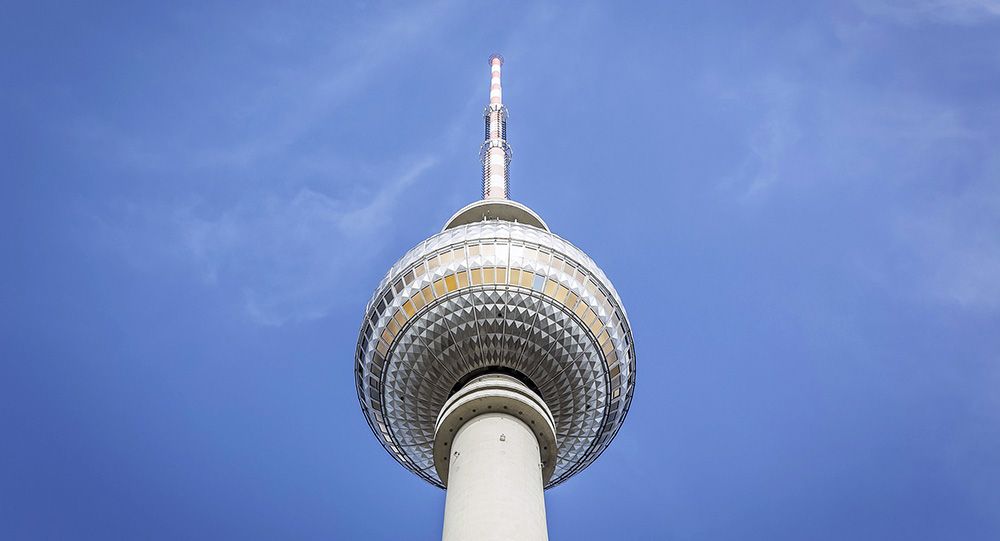
Holocaust Memorial
Near the Brandenburg Gate is one of Berlin’s most impressive monuments, the Holocaust Memorial. The monument is in fact a particularly large and abstract work of art, consisting of large concrete blocks of uneven height on an undulating surface. If you walk from the outside towards the middle, the blocks become higher and the ground lower. The first impression is a clear structure of orderly placed blocks, but in the end, you get disoriented by them. The meaning of this is left to the visitor.
Underneath the monument you have a museum with (permanent) exhibitions about the Holocaust and the Jews who died. The museum can be reached by stairs (and elevator). At the moment the museum is closed until further notice due to the corona virus. However, there are a number of online exhibitions that you can visit.
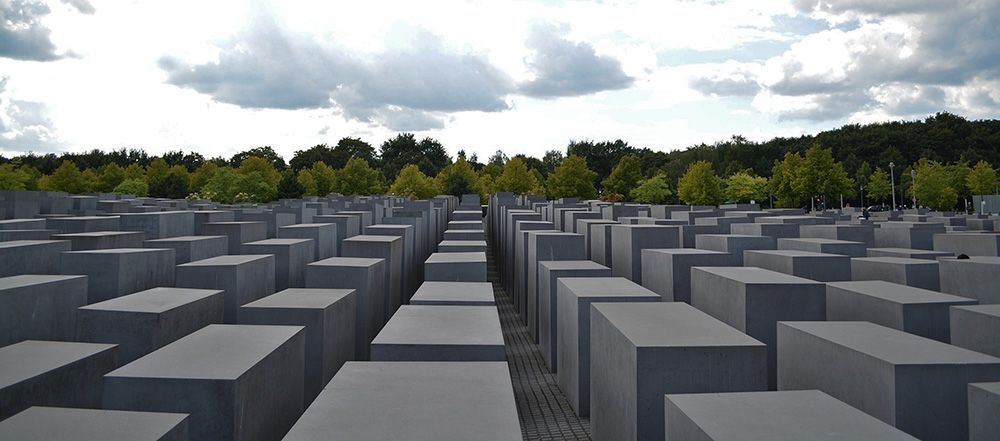
The Wall and Checkpoint Charlie
Checkpoint Charlie and the last vestiges of the Berlin Wall should definitely not be missing from your visit to Berlin. At least, if, like us, you ‘experienced’ the Cold War from a safe distance in your youth.
The Berlin Wall
The Berlin Wall was a high concrete wall, guarded by watchtowers, which divided Berlin in two in the years 1961 to 1989, both literally and figuratively. Although most of the wall was demolished by the population after ‘Die Wende’, parts of the wall can still be seen. East of the city centre in the Mühlenstrasse you still have a reasonably intact wall. The wall has many beautiful murals.
Other places where you can see remnants of the wall include Potsdamer Platz, the Invalidfriedhof cemetery and the Berlin Wall Monument in the Bernauerstrasse. This monument is an absolute must for anyone interested in this part of the city’s history. It is not the wall itself that is impressive but more the place. This was the part of the city where so many people tried to make the crossing, either through tunnels or not, to the other side. But also the place where so many people died. The viewing platform gives you an impression of the true size of the wall and how frightening the ‘no man’s land’ between the two parts of the walls must have been.
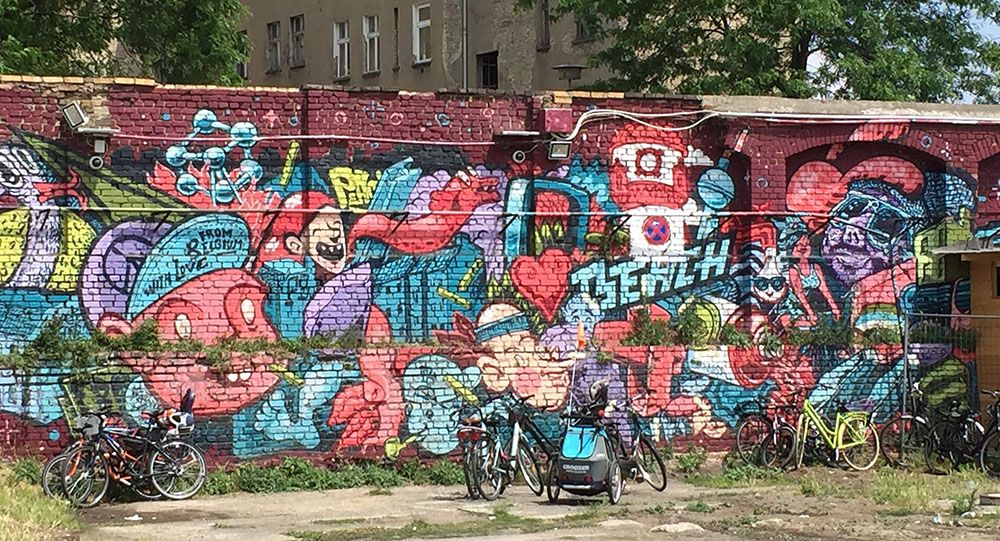
Checkpoint Charlie
Checkpoint Charlie was the only border crossing between East and West Berlin for foreigners during the Cold War. The inhabitants themselves were not allowed to use it. The checkpoint became a symbol of the Cold War and represented the separation of East and West. It was also at this spot where Soviet and American tanks came to face each other during the Berlin crisis of 1961, briefly opposite each other at the location.
The checkpoint is no longer there. You can still find the famous sign that tells you to leave the American sector. But why you really have to go to the former location of the checkpoint is to the nearby Haus am Checkpoint Charlie. The private museum has very interesting exhibits about the separation between East and West. You will find a lot of photo and video material about, among other things, the many successful escape attempts.
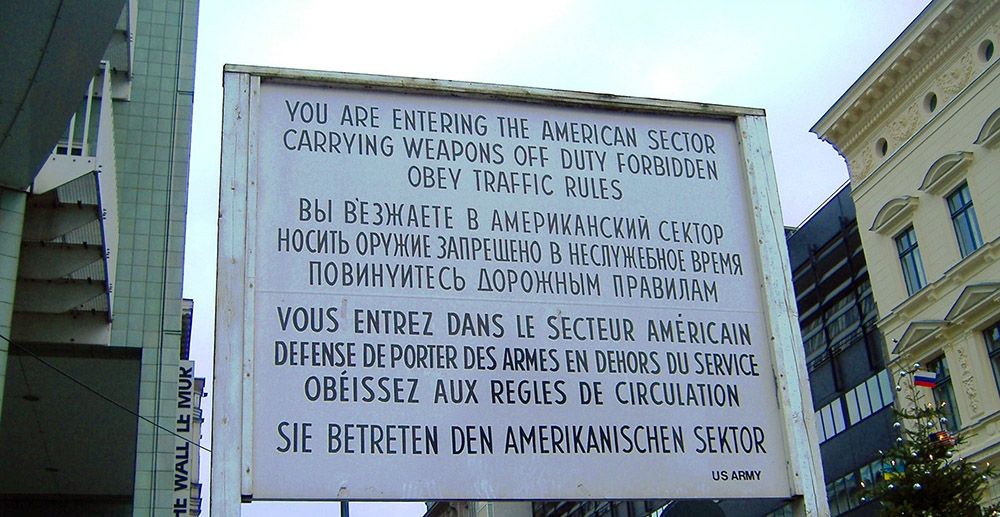
Museuminsel
Culture lovers should not miss this island in the river Spree. Here you will find the city’s five most important museums. Each museum has its own theme or deals with a specific period of history. Together they give a beautiful overview of art history. The Museuminsel has been a UNESCO World Heritage Site since 1999.
A lot of Byzantine art is exhibited in the Bodemuseum. The National Gallery shows work of the famous French impressionists and Rodin. Incidentally, the museum looks like an ancient Greek temple. The Pergamon Museum shows especially the art of Greek antiquity as well as Islamic art. In our blog about the most beautiful museums in the world that you can visit virtually during the coronavirus pandemic, we go deeper into this museum. The Altes Museum mainly shows art from classical antiquity. The Neues Museum does not quite live up to its name. You will mainly find objects from ancient Egypt. Showpiece is the bust of Nefertiti, a former queen from that country.
If you are interested in daily life from the time of the German Democratic Republic (GDR), you can visit the interactive GDR Museum. This is located next to the Museuminsel on the other side of the river. It is a rather small but interesting museum. Only a few objects are in showcases. The rest you can touch. This is your chance to sit in a Trabant. Because it’s small, it can be crowded quickly in the museum. The tip is therefore to book your tickets online and visit as early as possible.
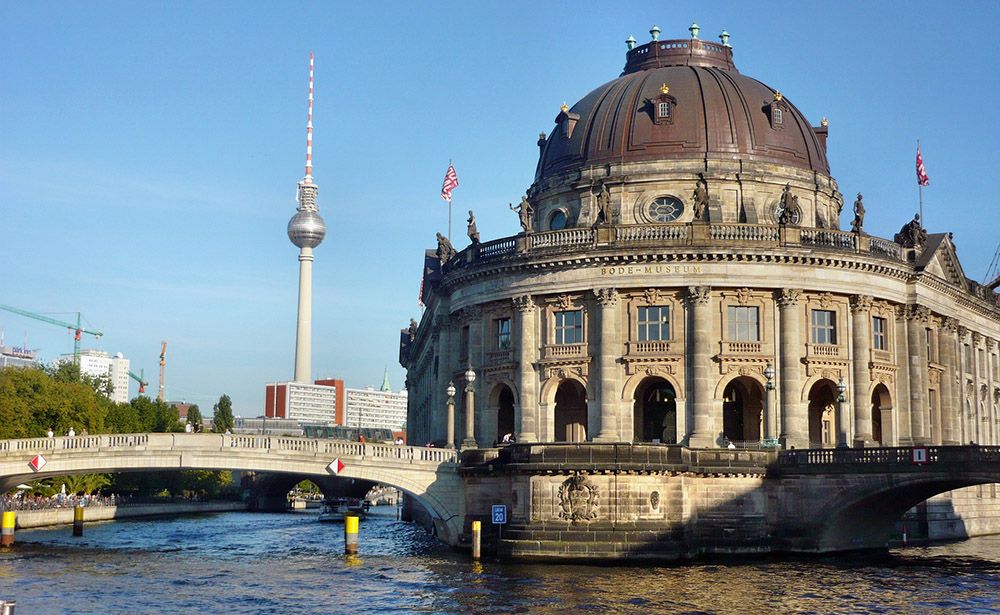
Hackescher Markt and the Hackesche Höfe
The Hackescher Markt is a square in the Berlin district of Mitte. The square is known for its nightlife. Here you will find many cafes, bars and restaurants. Especially on a beautiful sunny day you will have a great time here. From the many terraces you have an excellent view of the beautiful facades of the buildings around the square.
You will understand that you are not the only tourist here. Yet as far as we are concerned, you should not omit this square when you’re in Berlin. On Saturday mornings it is especially nice to sit here on the terrace. The locals can be found here to buy groceries at the small weekly market that takes place here.
Directly behind the Hackescher Markt you’ll find De Hackesche Höfe. These are courtyards around about 12 houses. The Hackesche Höfe were designed in the early 1900s. They were to become an example for modern and healthy living and working in the city. In the Second World War they were almost completely destroyed. After a thorough renovation they are now back in their old style. You can enjoy beautiful glazed tile walls and Moorish mosaics.
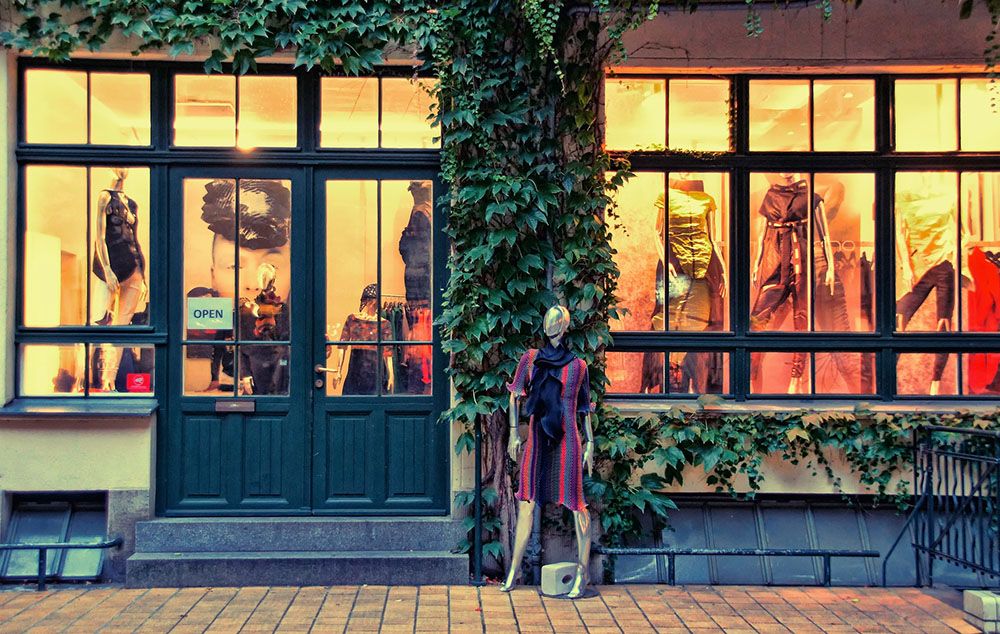
Gedächtniskirche
The Gedächtniskirche, which is fully officially called Kaiser-Wilhelm-Gedächtniskirche, is one of Berlin’s most famous sights. It is also a symbol of the devastation of the Second World War. Only the tower remained as a ruin. In addition, a modern octagonal church has been built. The Berliners themselves irreverently call the combination of ruin and new construction “powder box and lipstick”. Another less flattering nickname for the tower of the church is “the hollow molar”.
The remains of the Neo-Romanesque church are a reminder of the link between the throne and the church from the time of the Electors Hohenzollerns. In the church there are many reliefs of the successive generations of this dynasty. The church was once built in memory of Emperor Wilhelm I. In addition, a special cross hangs in the church. This is made of nails from the cathedral of Coventry in England. That cathedral was destroyed in the Second World War during a German air raid.
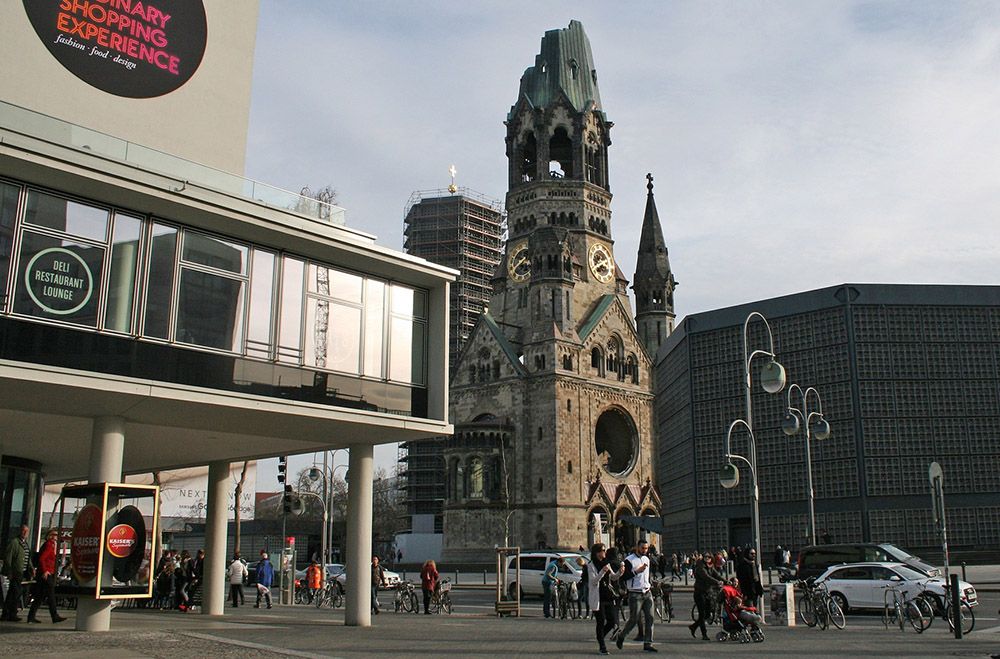
Charlottenburg Castle
Charlottenburg Castle is the largest castle in Berlin. Elector Frederik ordered the construction of the castle at the end of the 17th century. He donated the castle to his wife Sophie Charlotte. It mainly served as a summer residence. It then had the name Lietzenburg Castle. After the death of Sophie Charlotte in 1705, the castle received its name as a tribute. After that, the castle was extended in various periods. There came an Orangery and the image-defining dome. A number of years later, a large east wing was added.
The castle suffered a lot from the Second World War. After a thorough restoration, the castle once again shows the sumptuous grandeur of the Prussian Baroque and Rococo periods. During a guided tour you will really experience the atmosphere of court life in former times.
But it’s not just inside that’s enjoying it. The castle has a beautiful park all around. It was once designed after the gardens of the Palace of Versailles. It is a pleasure to stroll through the park.
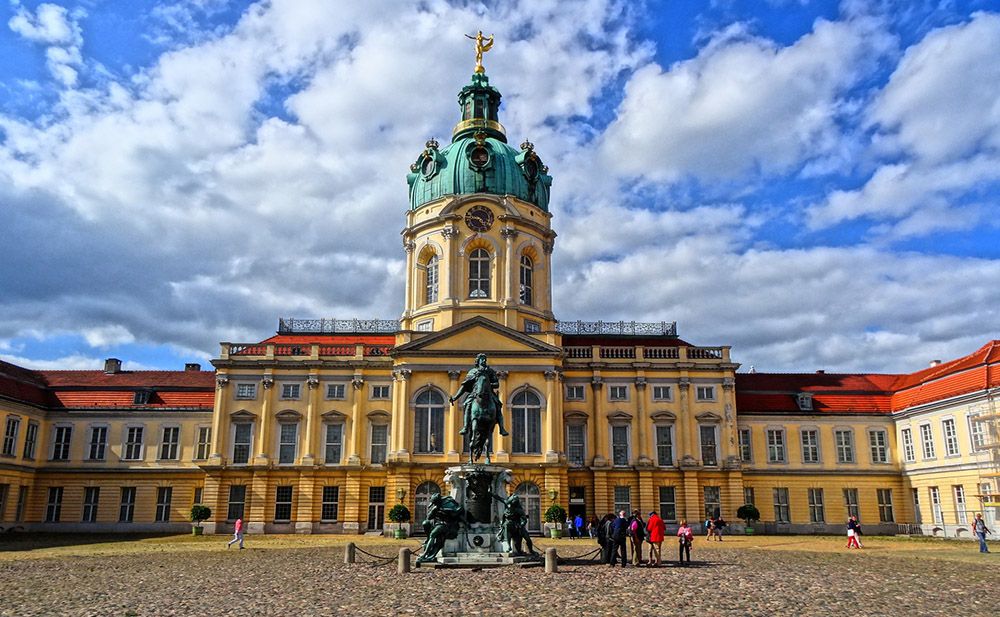
Kurfurstendamm
The Kurfürstendamm is Berlin’s most important boulevard. However, the locals always talk about the “Ku’damm”. Here you will find the most important shops, galleries, restaurants, cafes, theatres and cinemas. It is perhaps the liveliest street in Germany. Traffic goes on here until late into the night.
Numerous beautiful Art Nouveau buildings used to dominate the Ku’damm. Unfortunately, many were destroyed during the war. Yet you can still see the grandeur of the heyday of Emperor Wilhelm in various places.
On the Ku’dam is the museum Story of Berlin. It is certainly advisable to visit it. In about 20 rooms you can take a walk through 800 years of Berlin’s history. It is a real multimedia experience. In addition, you can visit a nuclear shelter. This is located under the Kurfürstendamm and served as a possible shelter in the time of the Cold War.
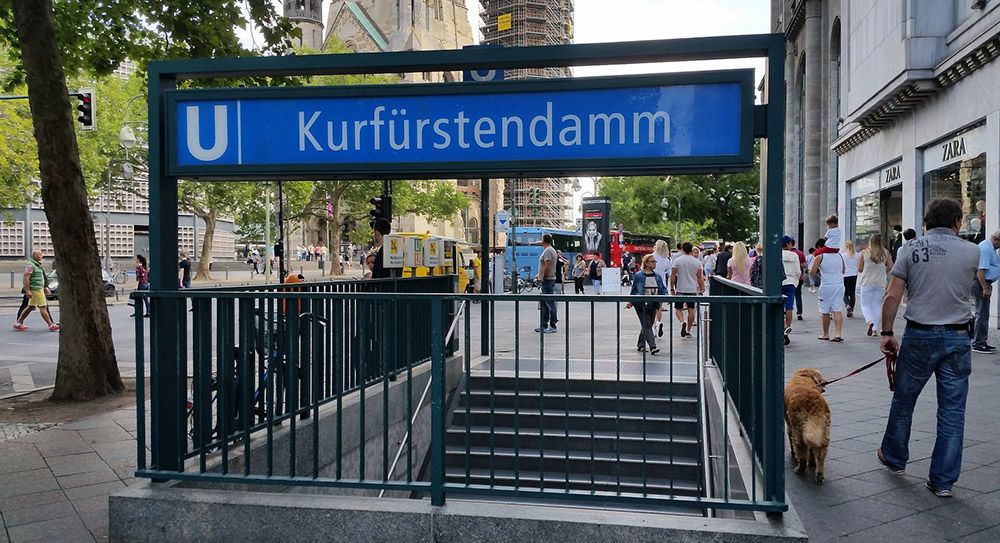
City trip to Berlin: Practical matters
Moving around in Berlin
Keep in mind that Berlin is a vast city. The agglomeration is almost 900 km2. That’s no less than eight times bigger than Paris. Fortunately, the city has a well-functioning public transport network. In addition, a ticket for the metro or bus is not expensive. It is absolutely worthwhile to take a ride on the bus of line 100. It passes by the most important highlights of the city.
The metro consists of a so-called U- and S-network. The U-Bahn is a normal subway with a very intricate system. Almost every destination is within reach. The S-Bahn is a fast metro with fewer stops. If you want to move quickly from one part of the city to another, it is best to choose an S-Bahn.
With the BerlinWelcomeCard you can use all forms of public transport in the city free of charge. In addition, the card offers interesting discounts for around 200 attractions in Berlin. You can buy the card for 2 to 6 days.
It’s a good idea to take a guided bike tour on the first day in Berlin. This way you’ll get to know the way through the city and see the most important highlights. We always book our bike tour at Baja Bikes. You’ll get an excellent Dutch guide who really knows everything about the city, good material and a wonderful, safe route through the city.
Accommodation in Berlin
There is a wide choice of accommodation in Berlin in all price ranges. Keep in mind that many visitors want to visit Berlin every year. Especially in high season it is advisable to book well in advance.

